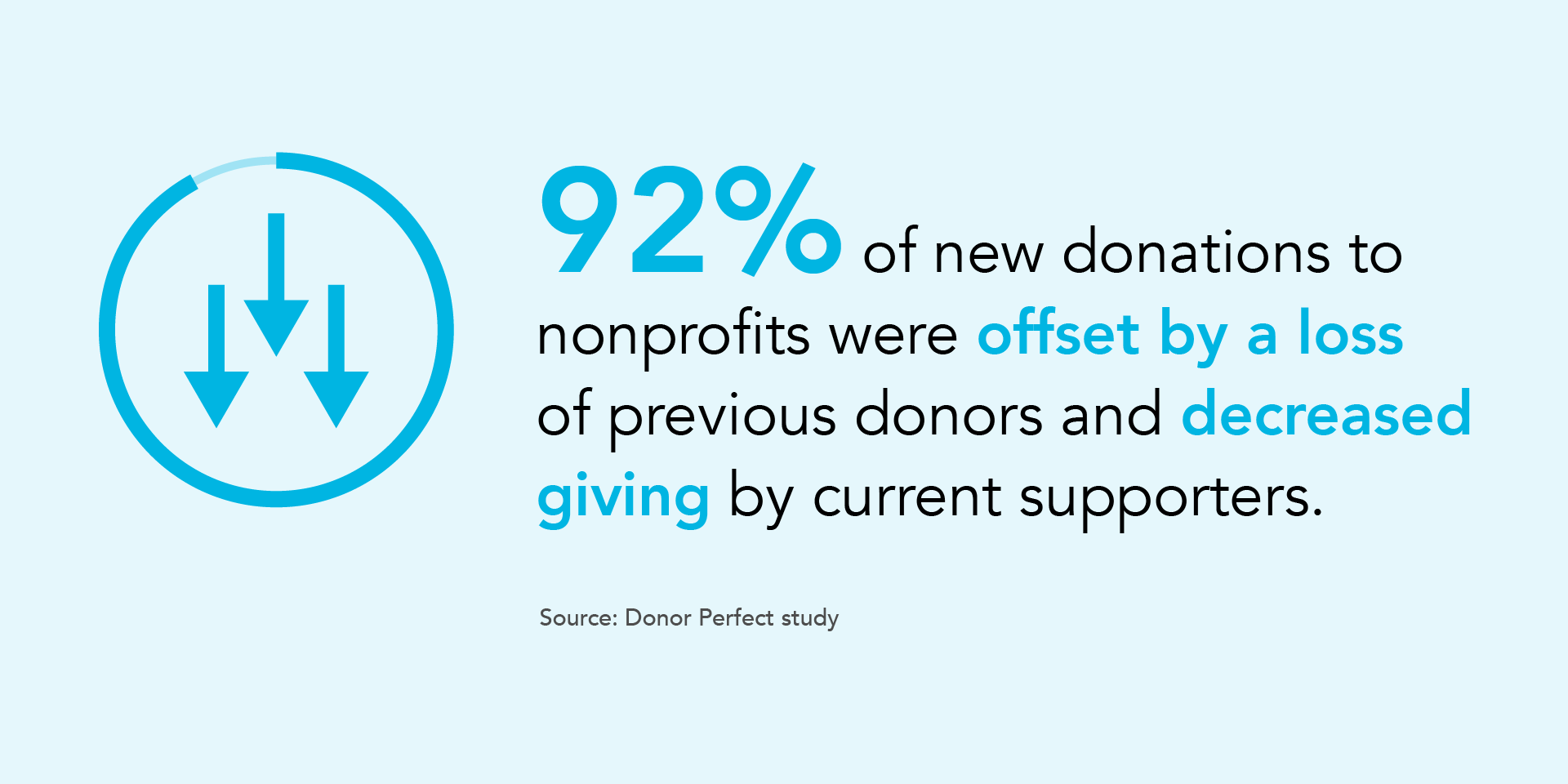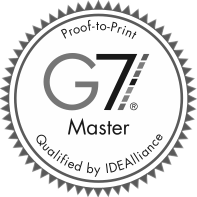Growing a donor base takes time, resources, and capital that many higher education development teams don’t always have to spare. The good news is that growth doesn’t only come from the ability to attract new donors. Revenue growth is also closely tied to donor retention numbers. In fact, a Donor Perfect study found that 92 percent of new donations to nonprofits were offset by a loss of previous donors and decreased giving by current supporters.
According to the Association of Fundraising Professionals 2015 Fundraising Effectiveness Survey,
“Gains of $3.611 billion in gifts from new, upgraded current, and previously lapsed donors were offset by losses of $3.438 billion through reduced gifts and lapsed donors. This means that, while there was a positive $173 million net growth in giving, every $100 gained in 2014 was offset by $95 in losses through gift attrition. That is, 95 percent of gains in giving were offset by losses in giving for a net gain in gifts of 5 percent.”
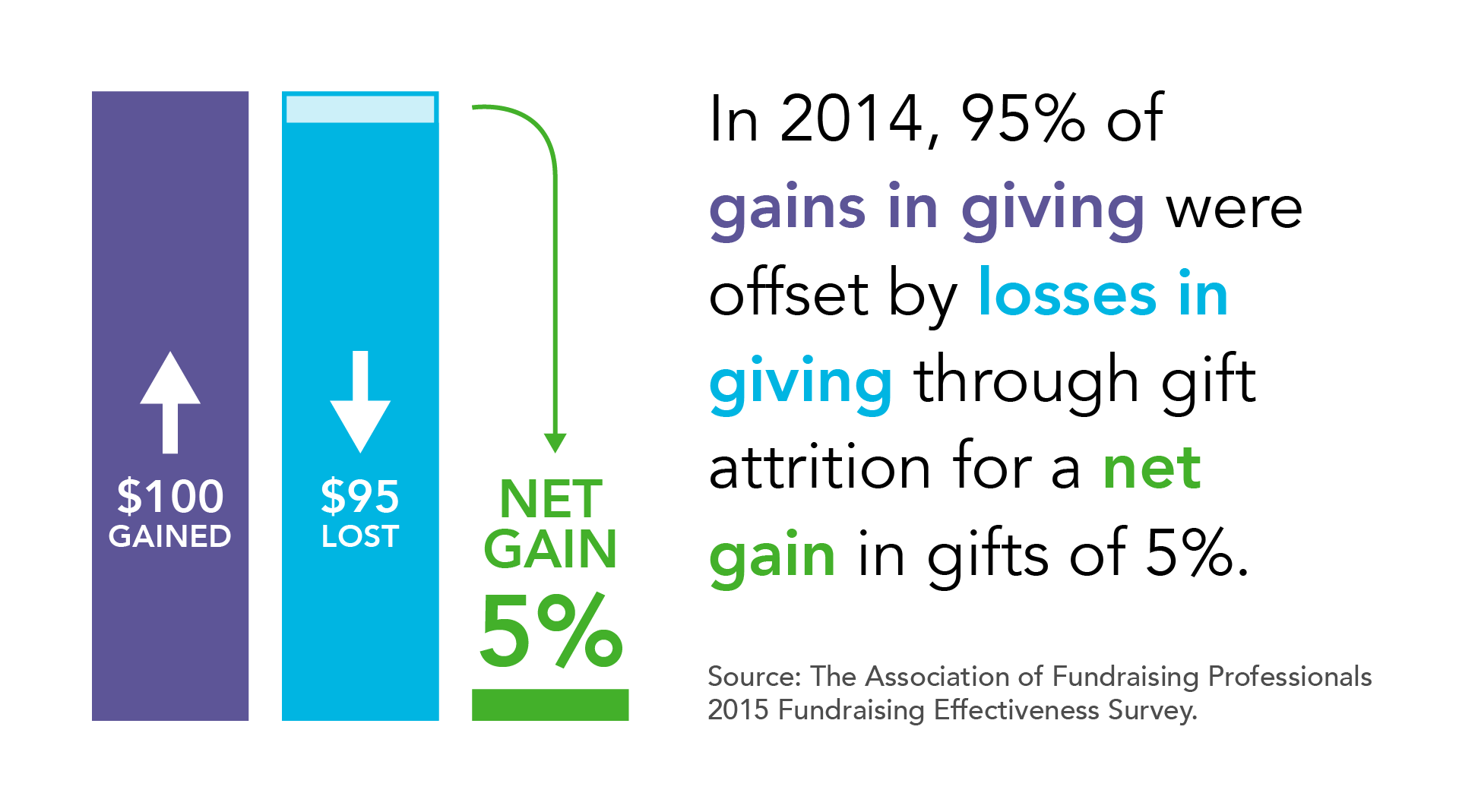
And according to Fundly: “It costs about five times more to acquire one new donor than it does to retain a donor, and nonprofits tend to spend two to three times more recruiting donors than those donors will give through their first, and possibly only, donation."
So how can higher education development teams foster stronger relationships and retain current donors?
Here are three donor retention strategies for teams looking to beat the odds:
1. Recognition & Gratitude
“The key to keeping your donors is building a relationship with them,” says nonprofit consultant Rachel Muir. “That relationship starts with thanking them in a thoughtful and meaningful way for their gift and it progresses by telling them frequently how they are making a difference. As their giving grows and you learn more about them you can retain them and get them giving more by developing a cultivation plan that honors their interests and sets a revenue goal for your ask.”
A focus on donor retention doesn’t mean you have to forgo growing donations. Building a strong and lasting relationship with donors will likely make them want to give more over time and may possibly generate word of mouth interest and referrals. Plus, with the help of personalized ask amounts you stand a greater chance at success.
2. Bring It Into the Real World
Beyond finding ways to marry digital strategies with print media best practices, it’s also beneficial to tie ideas to action in the real world. Ellen Bristol, a nonprofit fundraising consultant, advises that nonprofits can help donors reinforce their commitment to a cause with IRL (in real life) retention and engagement strategies.
Bristol advises, “If people think they’re only good for another check, they can start to feel used after a while. Finding ways for them to participate outside of just cutting a check is a great retention strategy.”
So beyond asking for money, consider opportunities to invite donors to participate in-person for your real-world, boots-on-the-ground events. Find non-financial ways for your donors to have an impact: volunteer for a live event, write a letter, become a buddy, mentor a child, etc.
This encourages a sense of community amongst donors, helps them feel personally tied to the cause, and allows them a chance to see firsthand exactly where their dollars go when they choose to donate.
3. Make It Real for Me
There's been a lot of research on what donors want to know after they give and the overriding thing they want to know is how their money was used.
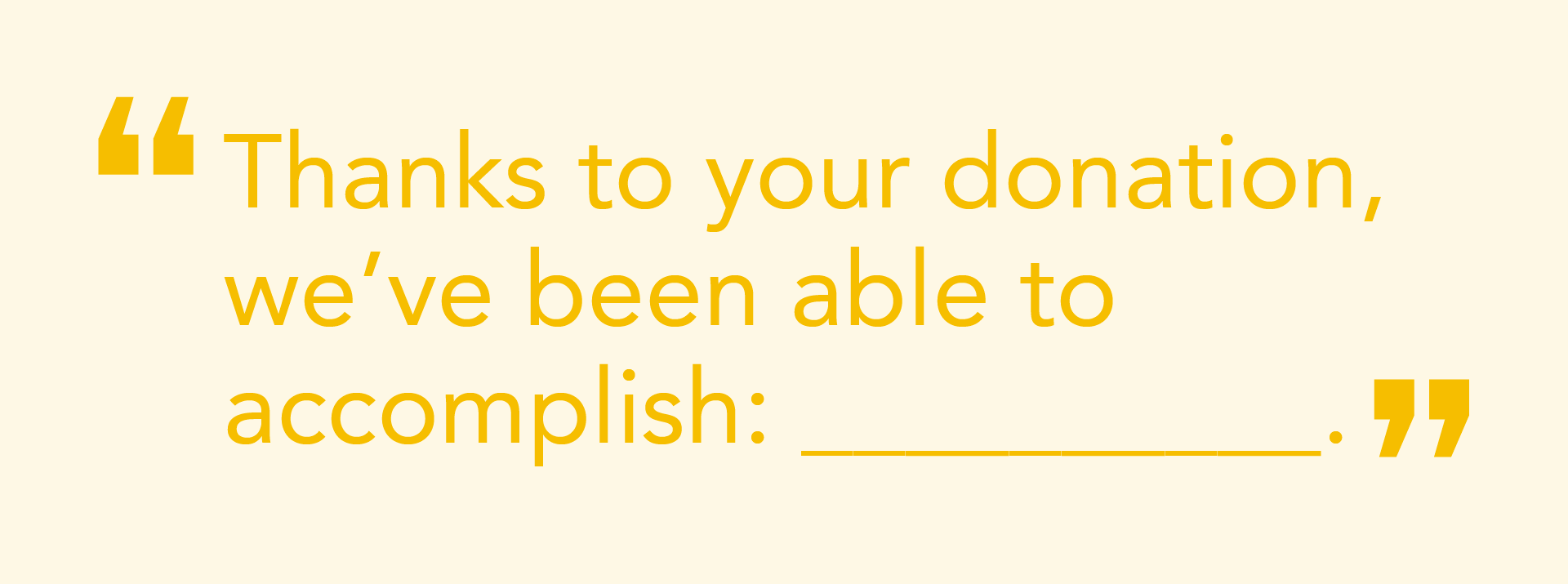 Bristol says, “Someone who gives $25 a year doesn't need to know how you spent 11 of their dollars. But they do want to hear, ‘Thanks to your donation, we've been able to accomplish: (fill in the blank here).’ That's always a powerful formula.”
Bristol says, “Someone who gives $25 a year doesn't need to know how you spent 11 of their dollars. But they do want to hear, ‘Thanks to your donation, we've been able to accomplish: (fill in the blank here).’ That's always a powerful formula.”
So put together an annual report or a summary that outlines exactly what and how much you’ve been able to accomplish based on donations. Talk about your goals and plans for the next six months. Tell stories about how their contributions have made a difference. Make it real for people.
Looking for more ways to boost your campaign revenue? Download the How To Boost Direct Mailing Results for Nonprofits ebook for more tips or our Fundraising ROI Worksheet to track your direct mail results.
This is the second post in a five-part blog post series from Adam Treiser, founder of ExactAsk, a technology platform that uses predictive analytics to reveal the optimal Ask amount for every donor in a fundraising database.
1st post: 4 Direct Mail Best Practices for Nonprofits in the Digital Age
3rd post: How to Optimize Direct Mail with Digital Data
4th post: Why Successful Fundraisers Use Direct Mail in their Omnichannel Approach
5th post: How to Personalize Direct Mail Campaigns with Predictive Analytics

